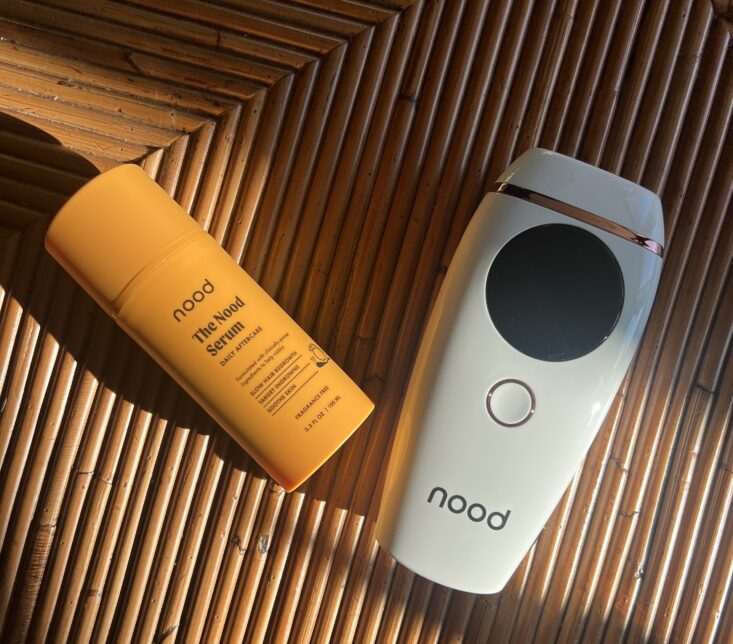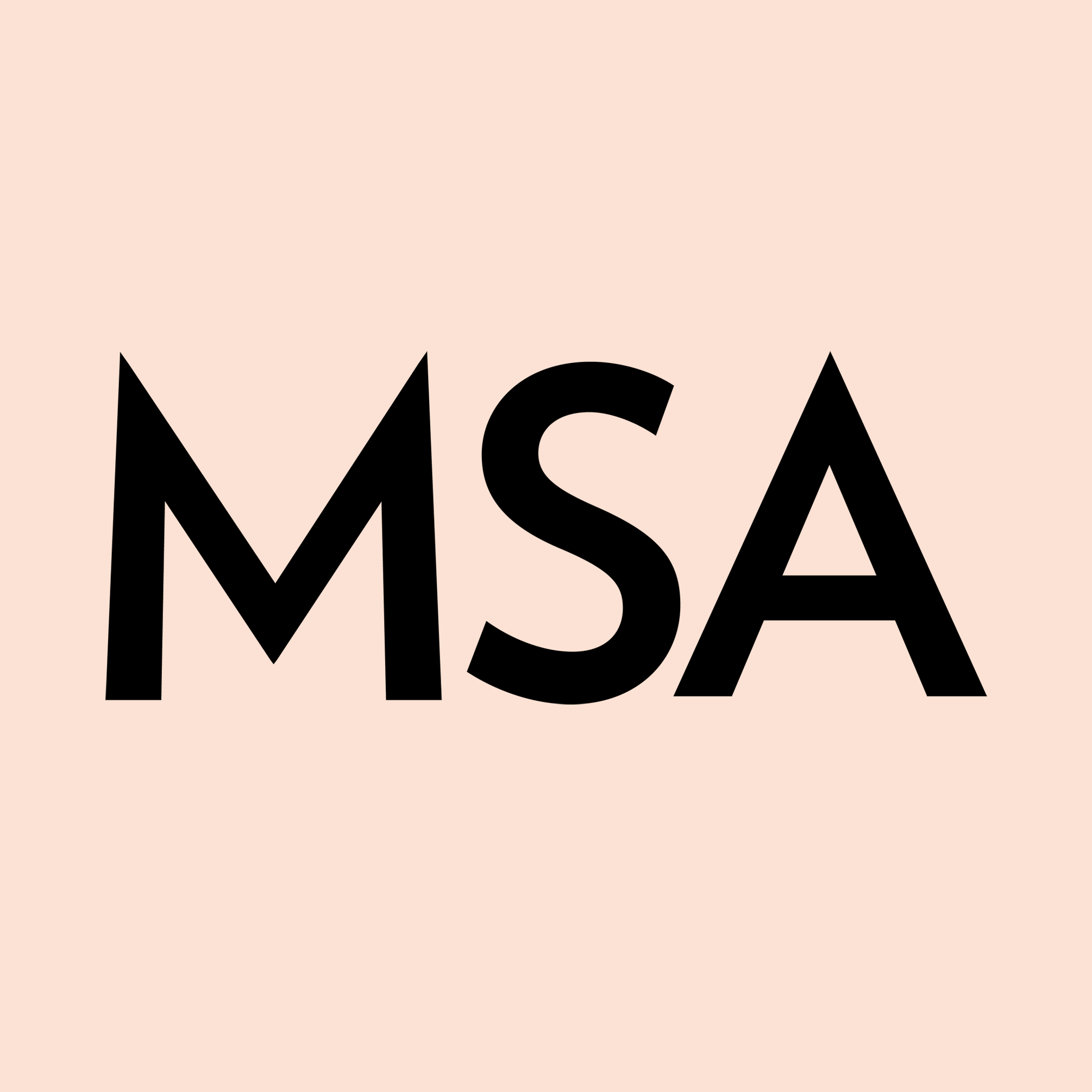
If you’re in your “that hair has to go” era and you’re laser-removal-curious, you’ve come to the right place.
While the average person might use “laser hair removal” as a blanket term for anything that isn’t shaving or waxing, there’s more to it than that. There are actually multiple forms of light-based hair removal that can lead to long-lasting hair results. Specifically, IPL (Intense Pulsed Light) and Laser. Laser hair removal utilizes a higher-intensity, focused wavelength, and is typically done in a salon. IPL (Intense Pulsed Light) uses a broad-spectrum light at lower fluence levels, and is done with a device you can use at home. Let’s see how they compare:
The one that removes hair long-term...both
Both IPL and laser hair removal work best during the hair’s anagen phase—it’s the time when each strand is actively growing, and closest to the skin’s surface.. That’s the prime time for zapping. During this active growth phase, hair is most responsive to light-based treatments, which means better results with each session. Catching hairs in their anagen phase allows IPL and laser to disrupt the hair growth cycle right at its peak, making every flash more effective in reducing regrowth.
Most people can expect to see similar results between IPL and laser hair removal. But the biggest difference between IPL and laser is the frequency of treatment. With IPL you do lower intensity treatments at-home vs VERY high intensity treatments in clinic with laser.
Here's what that treatment schedule looks like:
- IPL: 2x per week for 4-8 weeks (Total 16 treatments)
- Laser: Treatments every 4-6 weeks for 12 months (Total 6 treatments)
The lower intensity treatments with IPL have a compounding effect that will deliver the same amount of energy to hair follicles over that 6 week period. After which you will enter a maintenance mode where you just need to use the device once every 2-3 months as needed.
The one you can do at home...IPL

The next question is when and where to zap. With IPL, at-home devices like the Nood Flasher 2.0 make it easy to fit in sessions whenever you want—perfect for a self-care Sunday! You’ll want to do it on clean, dry skin, so building it into your post-shower routine a couple days per week will do the trick.
Laser requires booking appointments at a clinic. The higher-intensity flashes aren’t safe to do at home, so if you go this route, you’ll be working with a pro on their turf.
The one that’s totally pain-free…IPL
With laser’s higher intensity, focused wavelength can come an equally intense experience. Most people experience a high degree of pain with treatments that feels like a very hot snapping rubber band. This is a main detractor for a lot of people considering laser treatment with many purchasing numbing cream to make the treatments more tolerable.
With IPL, the sensation of gliding the device over your skin feels like a gentle warmth. It’s virtually pain-free and even spa-like.
The one that’s lower cost…IPL
When it comes to cost, in-clinic treatments for laser cost $200–$400 per visit, and with the usual 6–8 sessions, you’re looking at a total between $1,200 and $3,200. IPL is the budget-friendly choice. It’s a one-time purchase of a $199 device, and that’s it. So, if you’d rather not spend a small fortune, IPL offers the same long-term smoothness with major savings, giving you more control over both your wallet and your hair removal journey.
For convenient, cost-effective and pain-free long-term hair removal, IPL is the way to go

If you’re looking for smooth skin without the investment or scheduling headaches, IPL is the answer. It’s budget-friendly, totally pain-free, and easy to use from the comfort of home—ideal for anyone wanting results at their fingertips. Ready to give it a shot? Nood's Flasher 2.0 is a great device for beginners.



